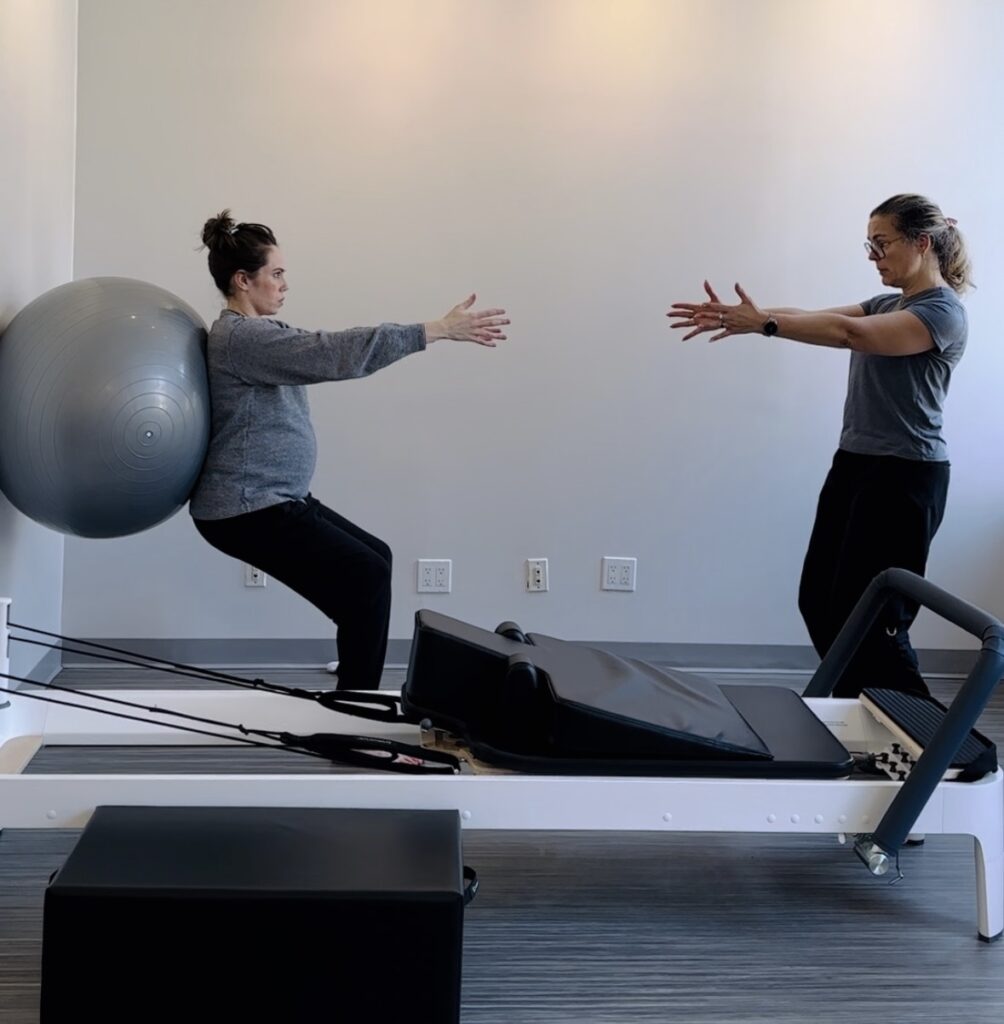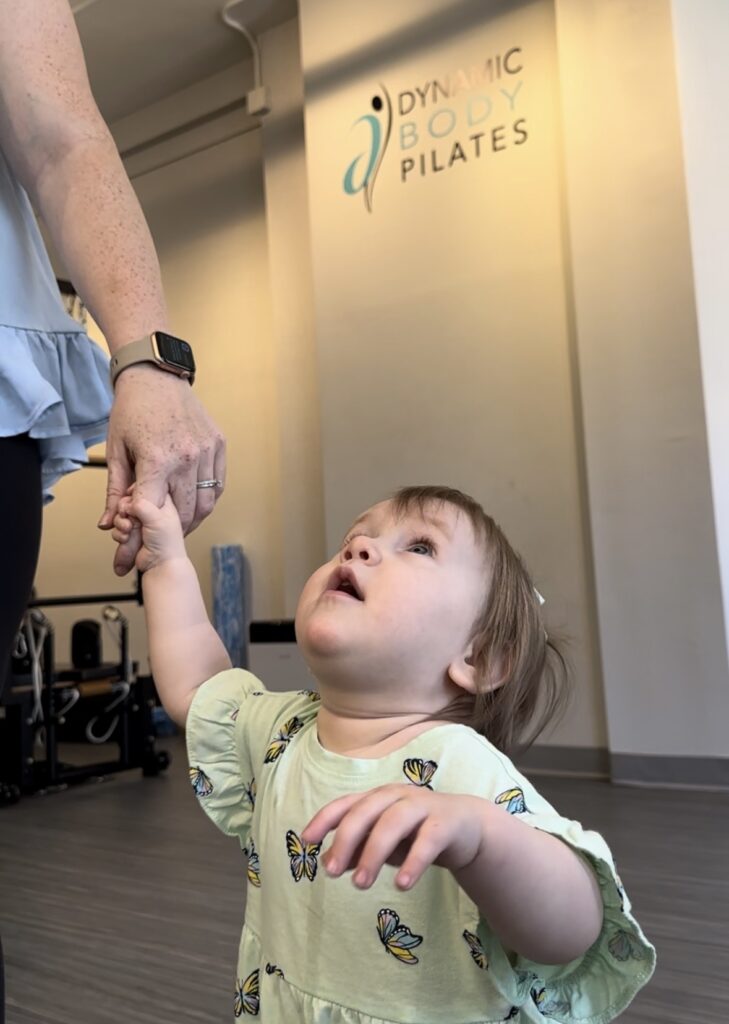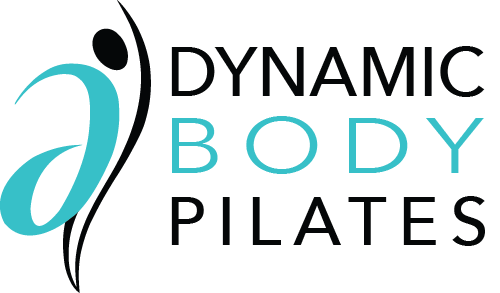As Mother’s Day approaches, we wanted to provide some guidelines and tips to help breakdown some frequently asked questions about how Pilates changes with and benefits you in each stage of pregnancy.
IVF and getting pregnant
Not only does it have its benefits physically, prenatal Pilates actually helps ease stress and anxiety, which is particularly important for hopeful parents to be who are undergoing IVF treatments. As IVF parents to be are often advised to not exercise strenuously throughout the process, Pilates is an excellent choice for maintaining strength, function, and physique in a low impact way.
Life doesn’t stop when you are trying to conceive. If you’re commuting on the subway or even if you’re simultaneously already raising a child, technically you are already exercising. However, being strategic with restorative movement helps not only your body to manage daily challenges, but also to ease your mind.

What changes with pregnancy?
With the beauty of bringing life into the world, expectant mothers and birth parents can experience a number of discomforts such as fatigue, sciatic pain, general back pain, incontinence to name a few. As a pregnant person’s body shifts and changes, what seem like ordinary daily tasks become immensely challenging. As we climb subway stairs it feels like more work, bending over folding those new precious baby clothes, our posture hunches, and as our once pleasant walking to the grocery store turns into a waddle, our hips rotate outward, our low back continues to arch. As the belly continues to grow, a pregnant person’s center of gravity changes, causing balance to be off. All of these worries can be addressed in prenatal pilates.
It is recommended that pregnant people exercise frequently throughout their pregnancy (approximately 150 minutes a week). How can we do this safely without adding extra stress? Pilates is a low impact option, to continually work general strength training, restorative stretching, while being within the guidelines of what is safe as a pregnancy progresses. With a knowledgeable teacher, pilates can help a mother or pregnant person to feel comfort where they are feeling physical pressure, a relief to the aches and pains.

With baby now in the world, what are your functional needs? Top concerns may include getting through the sleepless nights, feeling strong enough for the extensive baby wearing, and getting your toddler in and out of the strollerwith ease and pain free.
When we consider being “postnatal”, what is the timeline on that? Is your body still feeling the effects of growing and bringing a baby into the world three months later? A year later? 40 years later? A person can still be experiencing weaknesses and challenges from pregnancy many years after the birth. It is not uncommon among DBP clientele with older children to need help with postnatal concerns such as a weak pelvic floor, diastasis, and abdominal recruitment after c-section as well as newer parents.
In conclusion, part of preparing for or recovering from pregnancy well involves knowing that everyone’s experience is different! Strength, stability, posture, and functional movement techniques are the tools that when used strategically will help maintain a healthy body while taking care of a child and being prepared is being informed and knowing your body the best way you can. As always, we are happy to answer any questions specific to your circumstances. Reach out and let’s chat!
Postnatal concerns
With baby now in the world, what are your functional needs? Top concerns may include getting through the sleepless nights, feeling strong enough for the extensive baby wearing, and getting your toddler in and out of the strollerwith ease and pain free.
When we consider being “postnatal”, what is the timeline on that? Is your body still feeling the effects of growing and bringing a baby into the world three months later? A year later? 40 years later? A person can still be experiencing weaknesses and challenges from pregnancy many years after the birth. It is not uncommon among DBP clientele with older children to need help with postnatal concerns such as a weak pelvic floor, diastasis, and abdominal recruitment after c-section as well as newer parents.
In conclusion, part of preparing for or recovering from pregnancy well involves knowing that everyone’s experience is different! Strength, stability, posture, and functional movement techniques are the tools that when used strategically will help maintain a healthy body while taking care of a child and being prepared is being informed and knowing your body the best way you can. As always, we are happy to answer any questions specific to your circumstances. Reach out and let’s chat!


